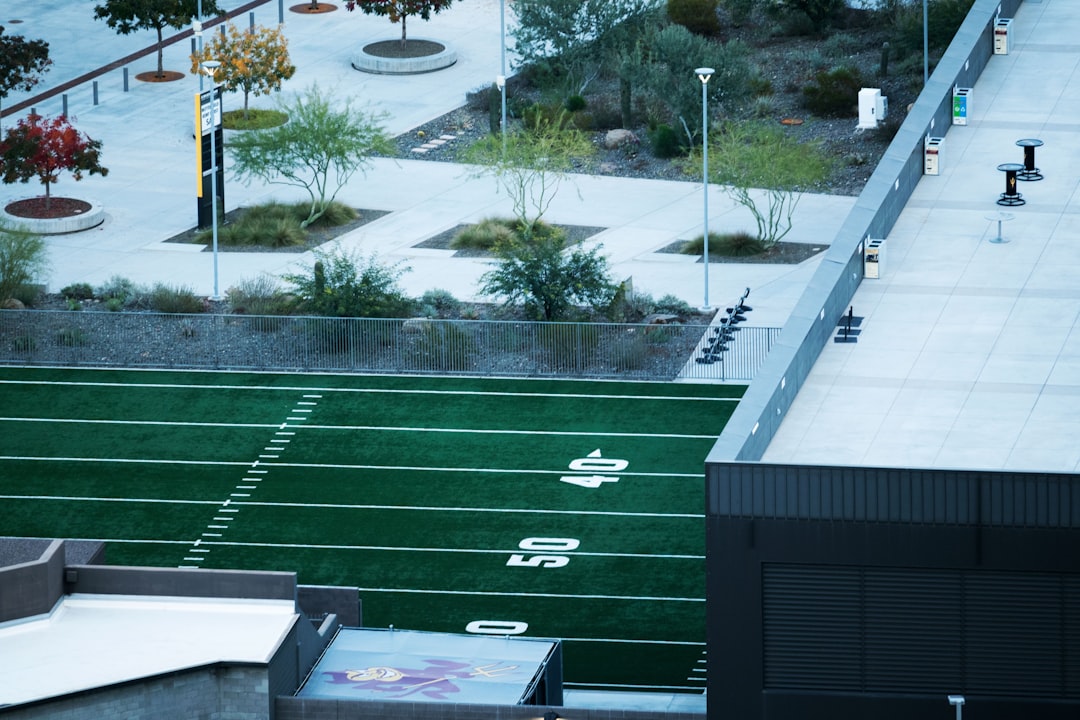This article provides an in-depth exploration of the full form of PCB. It delves into its meaning, functions, and importance in various fields, particularly in the education sector.
Table of Contents
Understanding PCB: What’s the Full Form?
Key Takeaways Shortly
- The full form of PCB is Printed Circuit Board, a fundamental component in electronics manufacturing.
- The history of PCBs dates back to the early 20th century, and its evolution has significantly impacted the development of modern electronics.
- PCBs are used in a wide range of industries, including aerospace, automotive, medical, and telecommunications.
- Understanding the full form of PCB is important, particularly in the education sector, as it forms the basis of many electronics and engineering courses.
- The future of PCBs is promising, with potential advancements and innovations expected to further revolutionize electronics manufacturing.
Welcome, folks, to our latest piece of expert advice. Today we’re, well, we’re going to be talking about something that might sound a bit technical, but really, it’s not as complicated as it sounds. You see, we’ll be discussing the full form of PCB. Now, you might be wondering, what on earth is PCB? That’s a great question, and we’re here to answer it in the simplest way possible.
Now, before we get into the nitty-gritty, let’s make one thing clear. PCB isn’t a strange, alien concept. In fact, it’s something that’s part of our daily lives, even if we aren’t fully aware of it. Intrigued? I bet you are! So, buckle up, because we’re about to embark on an enlightening journey through the world of PCB. Trust me, by the end of this article, you’ll be a PCB expert! Or, well, you’ll know more than you did before, at least. So, let’s get started, shall we?
PCB’s Role in Electronics: In a Nutshell
Let’s keep it simple, folks. PCB stands for Printed Circuit Board. It’s a crucial component, a real workhorse in most electronic devices. Just think about your mobile phone, your computer, even your TV. All of these, believe it or not, rely on PCBs to function.
You see, a PCB is like a city map, a guide for electricity to navigate through all the different electronic components. It’s designed, or as we say in the biz, “printed”, on a solid board to keep everything in its place.
So, next time you send a text or switch on the TV, remember the humble PCB. It’s working hard behind the scenes, making sure your electronics do what they’re supposed to do. It may not be glamorous, but hey, it’s important stuff. Really, it’s the unsung hero of the electronic world.
But wait, there’s more! In the next section, we will, you know, chat about the different types of PCBs. There’s quite a few of them, and each one has its own special role to play. Stay tuned, folks!
A Closer Look at the Applications of PCBs
The applications of Printed Circuit Boards, or PCBs, are plenty and spread across numerous fields. It’s like the backbone in the world of electronics, you know. In fact, it’s hard to imagine any electronic device that doesn’t use a PCB in some form.
TVs, radios, digital cameras, and even your everyday mobile phones, all of them are made functional with the help of PCBs. They play the crucial role of connecting different components and allowing them to communicate with each other. This way, the devices can perform their intended tasks smoothly.
In the medical field, PCBs are used in equipment like heart monitors, MRI machines, and ultrasonic equipment. They are responsible for the proper functioning of these life-saving devices. Even in the automotive industry, PCBs are used in systems like Electronic Stability Control and Anti-lock Braking.
In the realm of telecommunications, PCBs are used in devices like signal transmission equipment and satellites. These enable us to connect with the world around us. Without PCBs, our modern communication systems would simply not exist.
So, it’s safe to say that PCBs are everywhere in our lives, even in places we wouldn’t normally think about. It’s like they’re the unsung heroes of the electronic world!
Sure, here’s the deep-dive for section number 4 in the markdown format:
How are PCBs Made, Really?
Let’s get down to the brass tacks about how PCBs are, you know, actually made. It’s a process that’s, well, quite fascinating, if you ask me.
To start with, the first step in the process is, well, designing the PCB. This is, you know, typically done using computer-aided design (CAD) software. From there, the design is printed onto a film, which is then used to transfer the design onto a copper-clad board.
So, let’s talk numbers for a sec, shall we? According to a report from Market Research Future, the global PCB market is expected to grow at a CAGR of 3% during the forecast period 2020 to 2025. This, my friend, just goes to show the importance and relevance of PCBs in our world today.
Next up is the process of etching. This is where, you know, the copper that isn’t part of the design is removed, leaving behind the copper traces that make up the circuitry of the PCB. After the etching process, the PCB is then drilled to create holes for the components to be inserted.
After drilling, the PCB is plated. This is, you know, to ensure that the holes and the copper traces are connected. The PCB is then coated to protect the copper from oxidation. The final step is the assembly where the components are soldered onto the PCB.
And that, my friend, is the gist of how PCBs are made. It’s a process that’s as intricate as it is interesting, don’t you think?
Wrapping Up: Unveiling the Full Form of PCB
So, we’ve been on a journey, haven’t we? We’ve taken a deep look at the full form of PCB, which is Printed Circuit Board. We have seen what it is, how it functions and its importance in our daily lives. From our phones to our televisions, these tiny circuit boards play a major role indeed.
But let’s not forget, this isn’t just about knowing the full form of PCB. It’s about understanding the significance of these tiny pieces of technology that power our lives. They’re in our homes, our offices, and even our pockets. So, it’s indeed essential to be aware and appreciate the marvels of technology.
Now, don’t you just sit back and relax. I’d recommend you to keep exploring and learning. There’s a whole world of information out there waiting for you. So go on, take the plunge, and learn something new today. And hey, maybe next time when someone asks you about the PCB full form, you could explain a bit more than just its full form, right?
And don’t worry, we’ll be here, ready to guide you through your next learning adventure. Because, you see, learning never stops. So keep those curiosity fires burning, and keep learning, keep growing.
FAQ
What Does PCB Stand For?
PCB stands for Printed Circuit Board. It is a board which connects various electronic components through conductive tracks, pads and other features etched from copper sheets laminated onto a non-conductive substrate.
What is the History and Evolution of PCBs?
The history of PCBs dates back to the early 20th century. They were initially used in radio and gramophone equipment. Over time, the design and composition of PCBs have evolved significantly. Today, they are found in almost every electronic device, from simple calculators to advanced computers.
How are PCBs Used in Today’s World?
PCBs are widely used in various industries today. They are fundamental components of electronic devices like smartphones, televisions, and computers. In the medical field, PCBs are used in equipment like heart monitors and MRI scanners. In automotive and aerospace industries, they are used in GPS systems and control systems.
Why is Knowing the Full Form of PCB Important?
Knowing the full form of PCB is particularly important in the education field. It is crucial for students studying electronics, electrical engineering, and related fields to understand what a PCB is, its functions, and how it works. This knowledge can also be beneficial for people working in industries that utilise electronic components.
What is the Future of PCBs?
The future of PCBs looks promising with potential advancements and innovations. With the ongoing development in technology, PCBs are expected to become smaller, faster, and more efficient. The emergence of flexible PCBs is one such innovation that allows for more compact and flexible electronic design.
Are PCBs harmful?
While PCBs themselves are not harmful, they can become a risk if not disposed of properly. Certain components on a PCB can be toxic or harmful to the environment. Therefore, it’s important for companies to follow proper disposal and recycling guidelines.
Can PCBs be recycled?
Yes, PCBs can be recycled. However, it’s a complex process that involves separating the metal parts from the non-metal components. The metal parts can be melted down and reused, while the non-metal parts are typically disposed of in an environmentally safe manner.





















No comments yet.